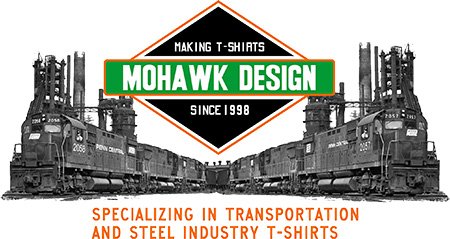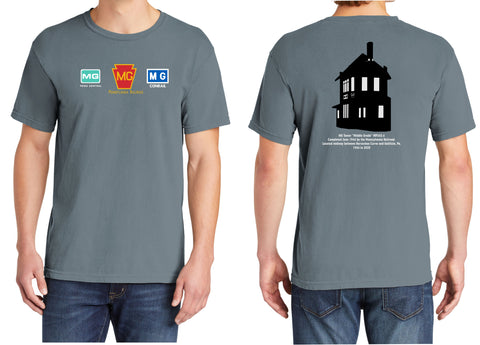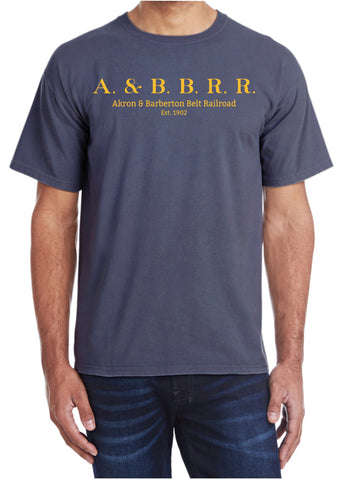
Auto-Train Logo Shirt
Auto-Train Logo Shirt
- Logo Printed on Front
- Gildan 100% Cotton 6.2 oz
- Shirt Color - Ash
The original Auto-Train operated on Seaboard Coast Line Railroad and Richmond, Fredericksburg & Potomac tracks. It was operated by Auto-Train Corporation, a privately owned railroad founded by Eugene K. Garfield. Garfield had worked at the U.S. Department of Transportation. The Department had funded a study of the practicality of an automobile-train service. Garfield resigned and used the study as the blueprint for his enterprise. The company used its own rolling stock to provide a unique rail transportation service for both passengers and their automobiles in the United States, operating scheduled service between Lorton, Virginia, near Washington, D.C., and Sanford, Florida, near Orlando, Florida.
Passengers rode either in wide coach seats or private first-class sleeping compartments while their vehicles were carried in enclosed autoracks. The train included dining cars and meals were served. The equipment of the Auto-Train Corporation was painted in red, white, and purple colors. The typical train was equipped with two or three General Electric U36B diesel-electric locomotives, 75 ft (22.86 m) double-deck auto carriers, streamlined passenger cars, including coaches, dining cars, sleeping cars, and 85 ft (25.91 m) full-dome cars, and a caboose, then an unusual sight on most passenger trains. Auto-Train's first auto carriers were acquired used, and started life in the 1950s as an innovation of the Canadian National (CN) Railroad. The CN bi-level autorack cars had end-doors. They were huge by the standards of the time; each 75-footer (23.86 m) could carry 8 vehicles.
Auto-Train Corporation's new service began operations on December 6, 1971. The Auto-Train was immediately popular with the traveling public and at first enjoyed financial success as well. In FY 1974 the company turned a profit of $1.6 million on revenues of $20 million. In May 1974 service began over a second route between Florida and Louisville, Kentucky, and the company was mulling additional service between Chicago and Denver.The Louisville extension proved to be the company's undoing. The decaying Louisville and Nashville Railroad track between Louisville and Florida (which also hampered Amtrak's Floridian) hindered operations, and a pair of derailments stretched the company's finances to the breaking point. Service ceased in April 1981. (Credit - Wikipedia)




